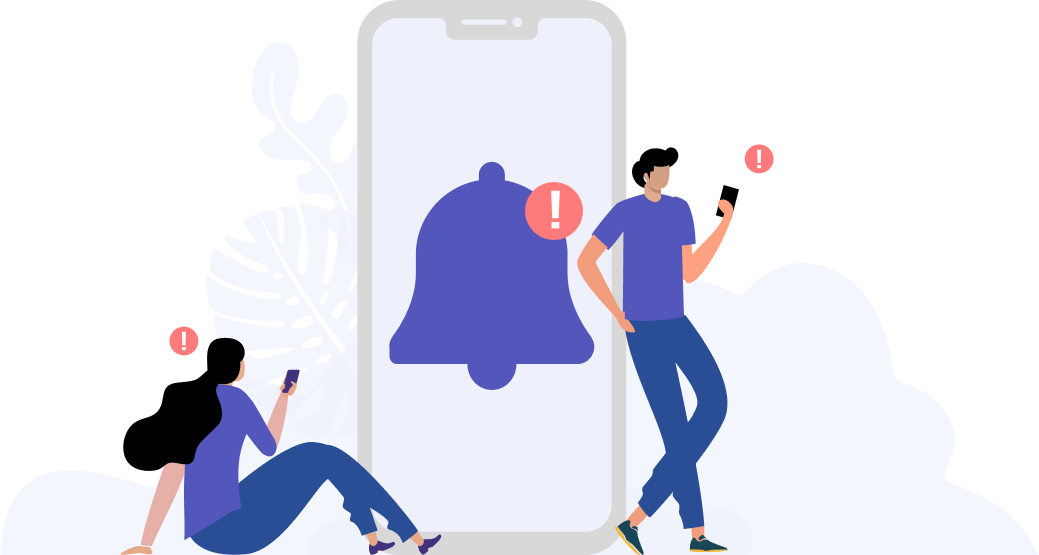The increase in screen time in teenagers – and its relationship with myopia
According to the World Health Organisation (WHO), following current trends on the increasing prevalence of myopia globally, by as soon as 2050 (only 30 years from now!), more than 50% of the world’s population will suffer from myopia. To put this staggering statistic into perspective, this means that 1 in 2 people will be myopic.
As parents, we are very careful in ensuring that our toddlers and young children are developing the right eye health behaviour and getting the proper eye care they need. We try our best to ensure that they are spending time outdoors, monitor their mobile device usage, and bring them for eye check appointments regularly so that their risk of developing myopia continues to remain low. However, as children grow older and enter teenagerhood, most parents will have to slowly release their reins. It is with good intentions – we want to give them more freedom and autonomy as they grow older. But even though myopia is commonly associated with being a childhood eye condition, teenagers (and even adults in some rare cases!) are not spared.
Keeping myopia in check – by keeping an eye on your teens’ device use
Teenagers are at risk of developing myopia if they do not spend adequate time outdoors and spend too much time on near work, including time spent staring at their mobile devices. Especially this year more than ever, as we switch to home-based learning and more time is spent on digital devices for school and social activities, the amount of near work that teens are engaged in has dramatically increased, with a recent report showing an increase of 50-70% in daily screen time in children during the COVID-19 pandemic.

Picture this:
As a student in 2020, you spend most of your weekday viewing online lessons on your laptop or computer. After school ends and homework is completed, to wind down, you either watch YouTube or Netflix, or scroll through social media on your phone, because it is the only form of social contact you are encouraged to have with your friends. The amount of time spent online can easily accumulate without us even realizing. And this is not by coincidence – technology is designed to be addictive.
Parents, you may have experienced this yourself – have you ever picked up your phone just to check a message and end up scrolling on Facebook for 2 hours? If it is so easy for adults to fall into the trap of digital devices, for the young teenagers of today’s world who have been brought up with technology, imagine how difficult it must be to tear yourself away from something primed to keep you hooked.
This digital diet we are all on has many negative consequences, and our eyes are not spared. Did you know that teens who use digital devices for more than 6 hours a day had twice the increased risk of having myopia as compared to those who use digital devices for less than 2 hours a day?
As parents, what should you do?
Teenage rebellion and defiance are hallmarks of growing up, so how can you share good device use behaviours and tell your teens to put down their phones, when they live their entire lives digitally? The best approach, instead of simply setting rules which they would promptly try to break, is to treat them like adults and take the time to share articles or advice on eye health and healthy device use so that they understand where you are coming from.

To get them off their devices and also reduce their risk of developing myopia, you can encourage them to spend more time outdoors after school and engage in physical activity. You can even enrol them in an after-school sports club or activity that they enjoy!
Tools Designed for Healthier Eyes
Explore our specifically designed products and services backed by eye health professionals to help keep your children safe online and their eyes healthy.





